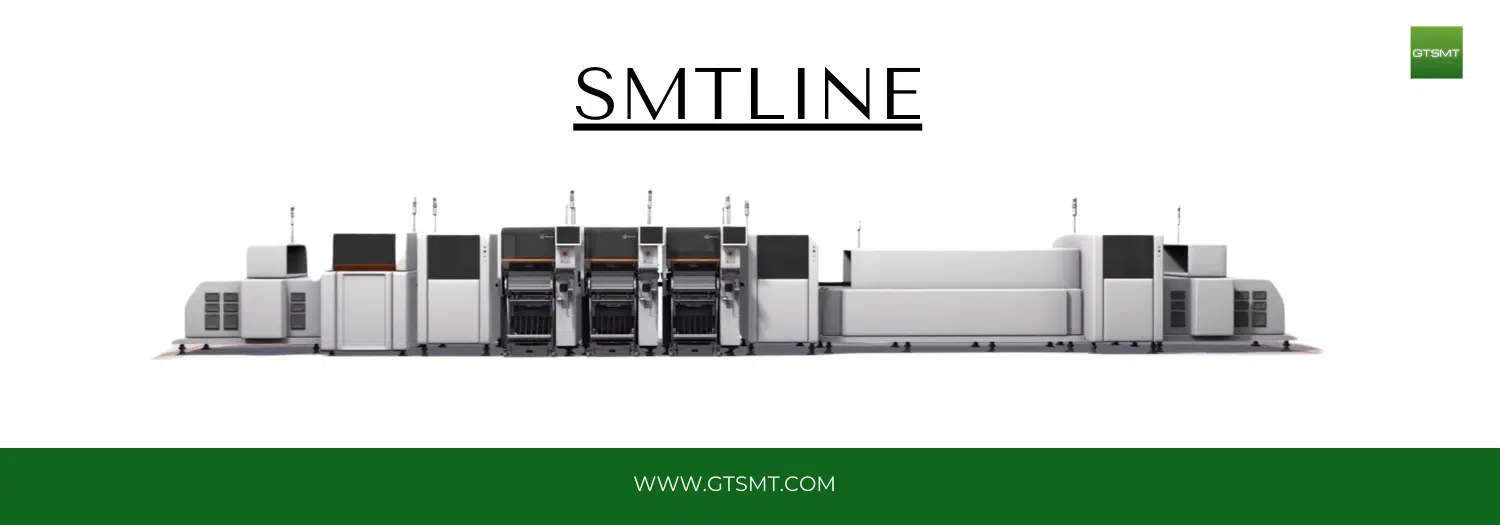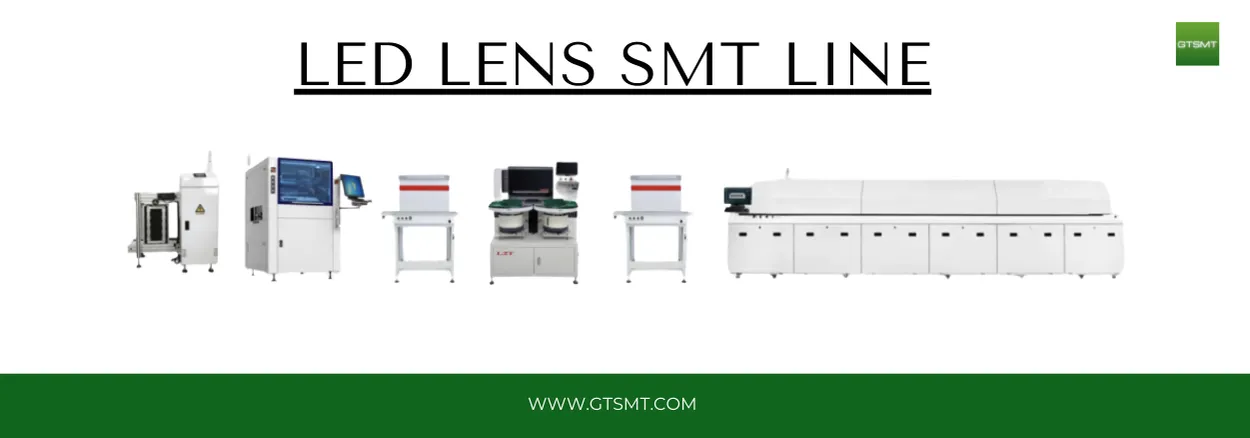The Rise of PCB Assembly in Pakistan Future
Pakistan’s electronics landscape is undergoing a quiet revolution, with the Printed Circuit Board (PCB) assembly sector emerging as a critical player in the nation’s industrial growth. As global demand for smarter, faster, and more connected devices surges, Pakistan is positioning itself to capitalize on this trend. From smartphones to industrial automation, PCBs form the backbone of modern electronics, and the country’s growing expertise in this field is unlocking new economic opportunities. Let’s explore the evolving scope of PCB assembly in Pakistan, the challenges it faces, and its promising future.
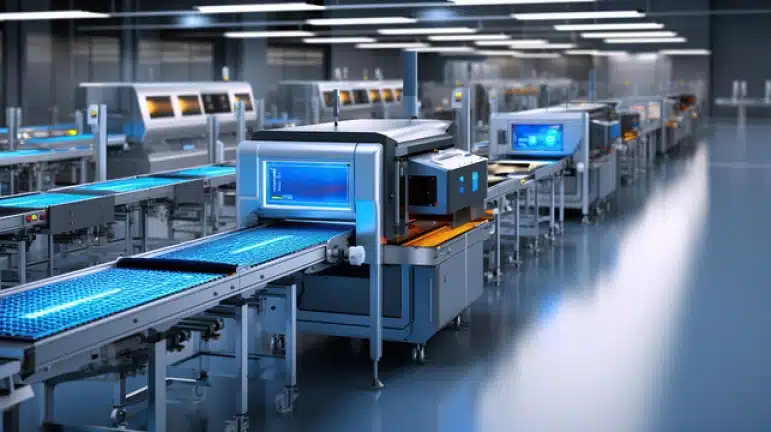
A Thriving Electronics Industry Drives Demand
Pakistan’s electronics market is booming, fueled by rising disposable incomes and a tech-savvy population. The demand for smartphones, laptops, home appliances, and energy-efficient devices like LED lighting has skyrocketed. To reduce reliance on costly imports, the government and private sector are pushing for local manufacturing, creating a ripe environment for PCB assembly units. By producing PCBs domestically, manufacturers can slash costs, shorten supply chains, and respond faster to market needs.
Government Policies Fuel Growth
Initiatives like “Make in Pakistan” and “Digital Pakistan” underscore the government’s commitment to boosting indigenous manufacturing. Tax breaks, reduced import duties on raw materials, and subsidies for electronics production are incentivizing investments in PCB assembly. For instance, lower tariffs on copper, laminates, and electronic components have made it easier for local players to compete with international suppliers. These policies aim to transform Pakistan into a regional hub for electronics manufacturing, aligning with global trends toward localized supply chains.
Consumer Electronics: The Primary Catalyst
The consumer electronics segment is the largest driver of PCB demand. With brands like Haier, Dawlance, and QMobile expanding their local production lines, the need for high-quality, cost-effective PCBs has surged. Appliances like smart TVs, inverters, and air conditioners rely on complex PCB designs, while the smartphone revolution continues to create opportunities for compact, multi-layered boards. Local assembly not only cuts import bills but also empowers manufacturers to customize solutions for Pakistani consumers.
Automotive and Industrial Sectors: Emerging Frontiers
Pakistan’s automotive industry is embracing advanced electronics, from engine control units (ECUs) to infotainment systems. As global automakers shift toward electric vehicles (EVs) and connected cars, PCB assembly will play a pivotal role in this transition. Similarly, industries are adopting automation and IoT-enabled devices for efficient operations, driving demand for specialized PCBs in sensors, robotics, and energy management systems.
Telecommunications: Building the Backbone of Connectivity
The rollout of 4G and preparations for 5G networks are accelerating investments in telecom infrastructure. PCBs are essential for base stations, fiber-optic routers, and transmission equipment, creating a steady demand for high-frequency, durable boards. With Pakistan’s telecom sector poised for expansion, PCB manufacturers have a golden opportunity to partner with telecom giants like Jazz, Zong, and PTCL.
Challenges: Roadblocks to Progress
Despite the optimism, the industry faces hurdles:
- Skill Gaps: A shortage of trained engineers and technicians in PCB design and surface-mount technology (SMT) limits scalability.
- Import Dependency: Critical components like integrated circuits (ICs) and substrates are still imported, exposing manufacturers to currency fluctuations and supply chain disruptions.
- Infrastructure Deficits: Limited access to advanced machinery, testing labs, and consistent power supply hampers quality and innovation.
Opportunities: Pathways to Success
To overcome these challenges, stakeholders are exploring strategic solutions:
- Local Manufacturing Clusters: Establishing industrial zones dedicated to electronics manufacturing can streamline operations and attract foreign investment.
- Export Markets: With competitive labor costs, Pakistan can target exports to neighboring countries in South Asia, the Middle East, and Africa.
- Skill Development: Partnerships with international firms and technical institutes can bridge expertise gaps. For example, collaborations with Chinese or German PCB manufacturers could transfer knowledge and technology.
Key Players Paving the Way
While the sector is still nascent, pioneers like Descon, Bosch Pakistan, and startups in Karachi’s tech parks are leading the charge. Joint ventures with global electronics giants could further accelerate growth, bringing in capital and cutting-edge practices.
The Future: A Connected, Tech-Driven Pakistan
The PCB assembly industry is set to thrive as Pakistan embraces smart technologies, IoT, and renewable energy systems. Innovations in flexible PCBs for wearables and high-density interconnect (HDI) boards for advanced devices will shape the next growth phase. With sustained government support, workforce upskilling, and investments in automation, Pakistan could emerge as a competitive player in the global electronics value chain.
Conclusion: A Call to Action
The PCB assembly sector in Pakistan offers untapped potential for entrepreneurs and investors. By addressing challenges through collaboration, innovation, and policy advocacy, stakeholders can turn this niche industry into a cornerstone of the national economy. As the world pivots toward digitization and sustainability, Pakistan’s PCB industry is not just assembling circuits—it’s building the foundation for a technologically empowered future.
Now is the time to seize this opportunity, forge partnerships, and contribute to Pakistan’s journey toward becoming an electronics manufacturing powerhouse.

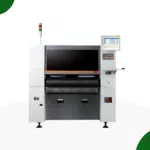 Pick and Place
Pick and Place
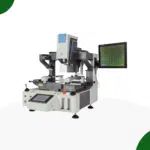 Rework Station
Rework Station
 Solder Paste Printers
Solder Paste Printers
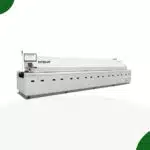 Reflow Ovens
Reflow Ovens
 Reel Storage System
Reel Storage System
 AOI & SPI INSPECTION
AOI & SPI INSPECTION
 Soldering Machines
Soldering Machines
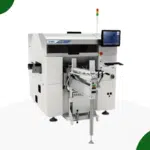 Insertion Machine
Insertion Machine
 X-ray inspection
X-ray inspection
 PCB Handeling
PCB Handeling
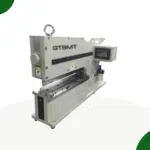 Depaneling Machine
Depaneling Machine
